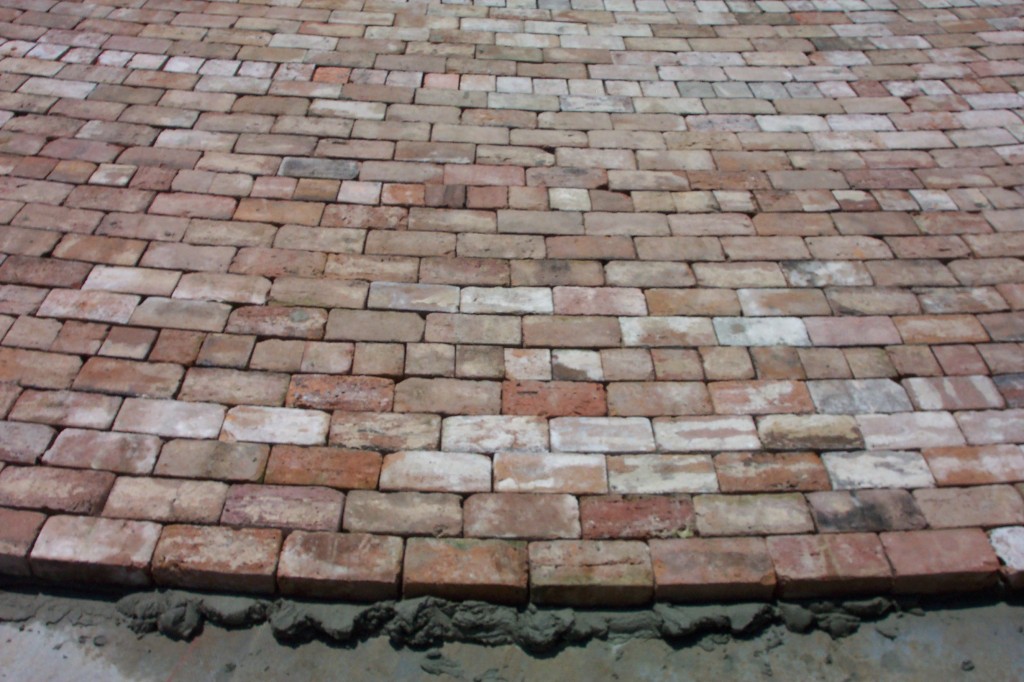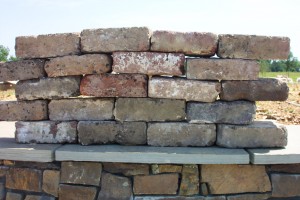Brick in construction plays a vital role. Traditionally bricks were made of clay. The history of bricks goes as far as the beginning of time. These blocks of ancient construction were used by the Roman, Egyptian, and Indian civilizations. Interestingly, antique bricks and blocks used in construction by them are still intact and hold the architectural marvels.
Considered environmentally friendly as a building material, brick is generally a rectangular block made of clay, shale, slate, concrete, calcium silicate, or stone. It is manufactured by mixing sand with water and then pressing it into steel molds. These raw bricks are then heated at a high temperature of 1000° C which provides strength to the bricks. Bricks are great insulators as well. The interesting thing is brick stores the heat of the sun and transfers it in the room for several hours after the sun has set.
No two bricks look-alike look alike in shape, size, and composition. Blocks are mainly made of concrete. Blocks are larger in comparison to bricks. They come in both solid and hollow formats. Blocks are used mainly in load-bearing walls where strength is very important.
There are mainly five types of bricks.
-
Common Burnt Clay Bricks: This is the most common form of brick used in construction. It is made by pressing raw materials in steel blocks and then heating them in the kiln. These are used for general construction work and do not have a special attractive appearance.
-
Concrete Bricks: These bricks are made of concrete. The colored concrete bricks are manufactured by adding color pigments. It is often used in facades and fences.
-
Sand Lime Bricks (Calcium Silicate Bricks): This type of brick is made by mixing sand, fly ash, and lime followed by a chemical process during wet mixing. The color of this brick is gray. The shape is uniform and has a smoother finish.
-
Engineering Bricks: These bricks are made by heating the raw material at extremely high temperatures. It has limited water absorption thus useful in locations where water damage can be a possibility.
-
Fly Ash Clay Bricks: These are made by mixing fly ash with clay and then heating the raw material at high temperatures. These bricks have to be manufactured with care as they tend to expand if the raw material has impurities.
Two main types of blocks are solid and hollow. The hollow blocks are further divided into 8 different types.
-
Stretcher block: These blocks are used to join the corners of the masonry. These blocks are generally laid down parallel to the face of the wall.
-
Pillar block: These blocks are used in the case of piers and pillars. They are also known as double corner double-corner blocks.
-
Corner block: These blocks are used at the end of the masonry which can be a window or a door.
-
Jamb block: These blocks are used at the location where there is an elaborated window opening in the wall.
-
Partition block: These blocks are used in building partition walls. They have a larger height than breadth.
-
Lintel block: This is e purpose of the provision of beam or lintel beam. It bears the load coming from the top of the structure.
-
Frogged brick block: These blocks have a frog on the top side. It helps to hold the mortar and develop a strong bond with the top laying block.
-
Bullnose block: These blocks are similar to corner block but with rounded edges.
 Also, pavers are very common and are available in different colors as well. These types of solid blocks are used in making pathways and footpaths. Choosing the right building brick or block can increase the life of the structure by many, many years. Happy construction!
Also, pavers are very common and are available in different colors as well. These types of solid blocks are used in making pathways and footpaths. Choosing the right building brick or block can increase the life of the structure by many, many years. Happy construction!
Antique Bricks and Old Reclaimed Bricks

